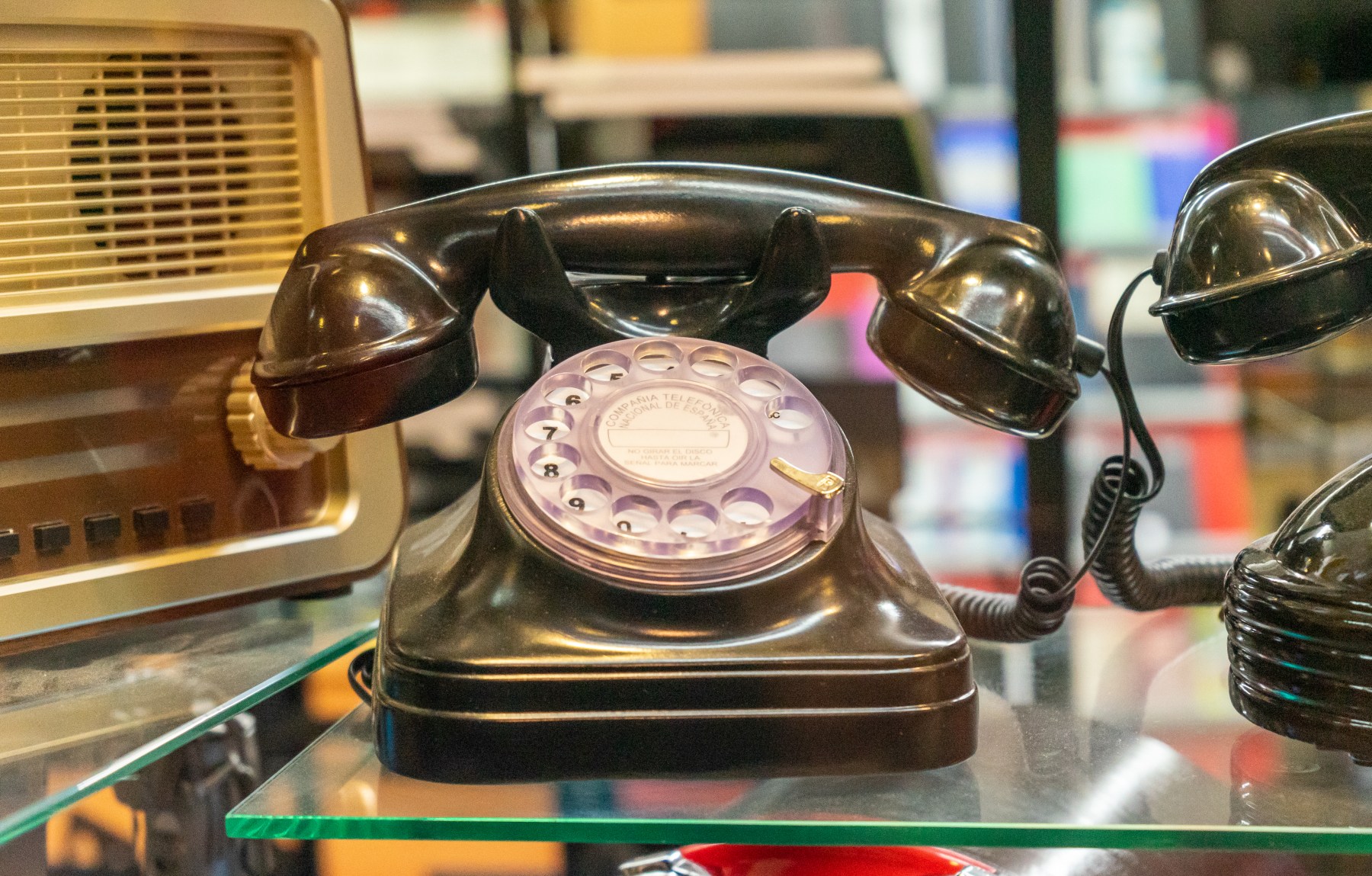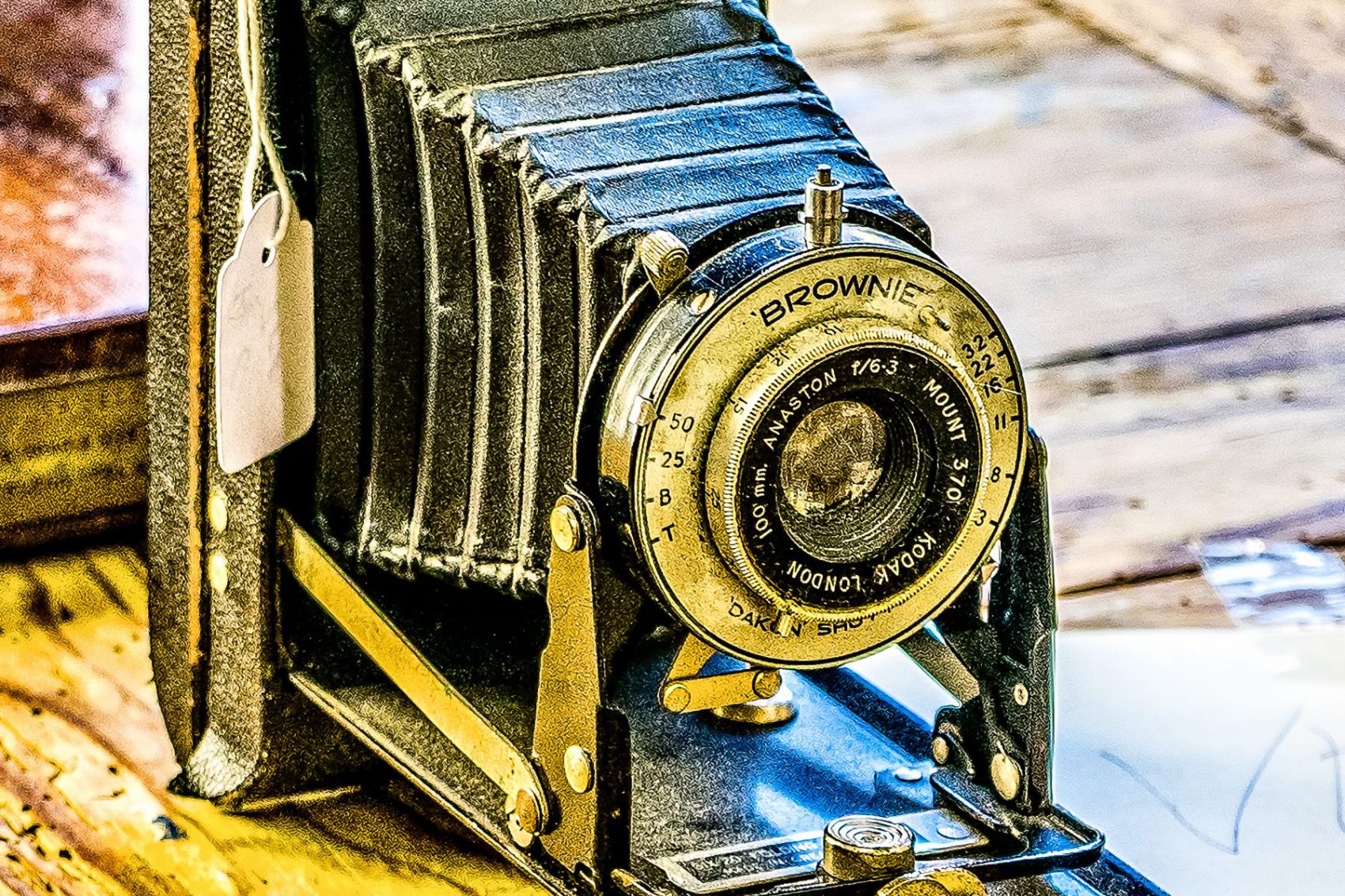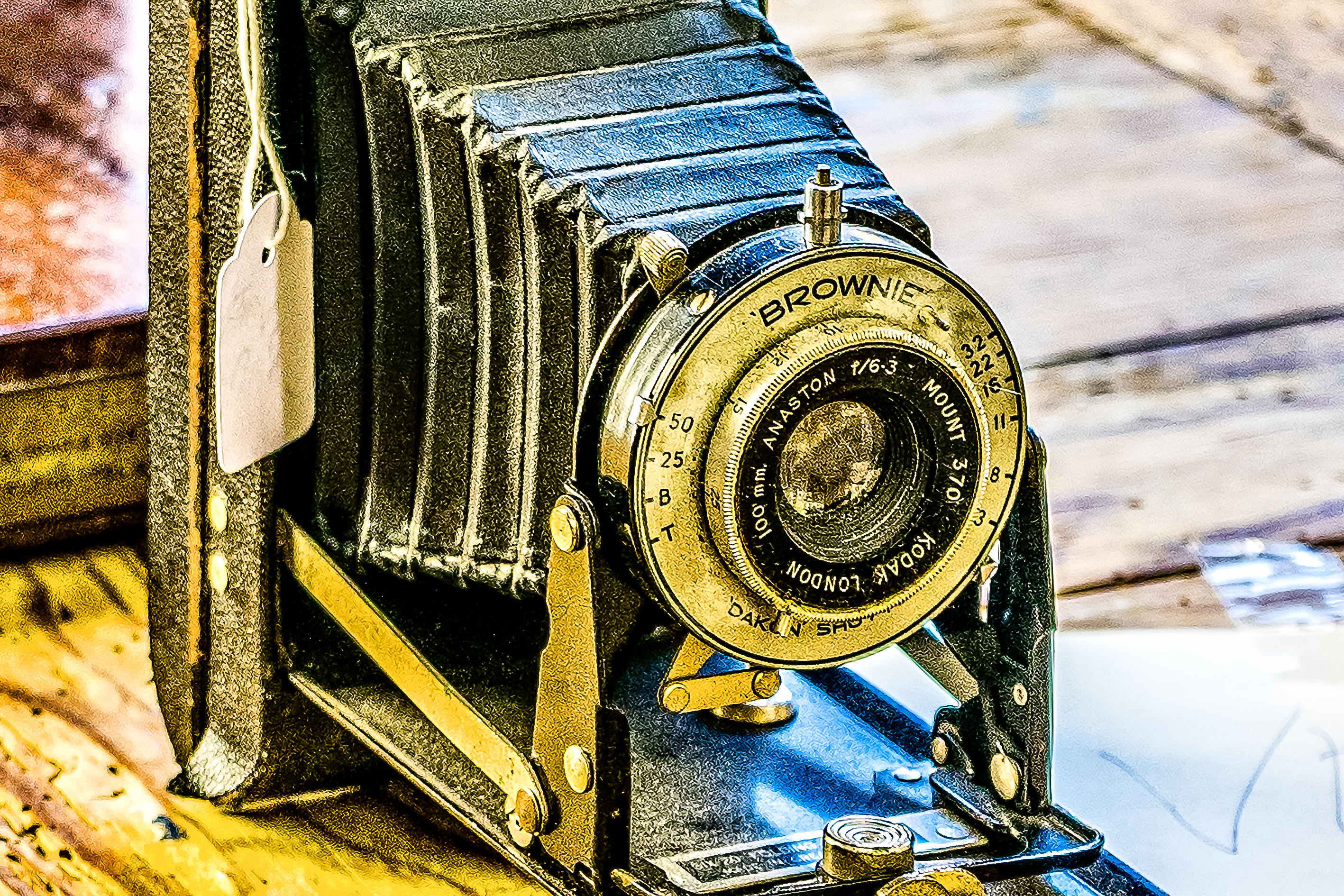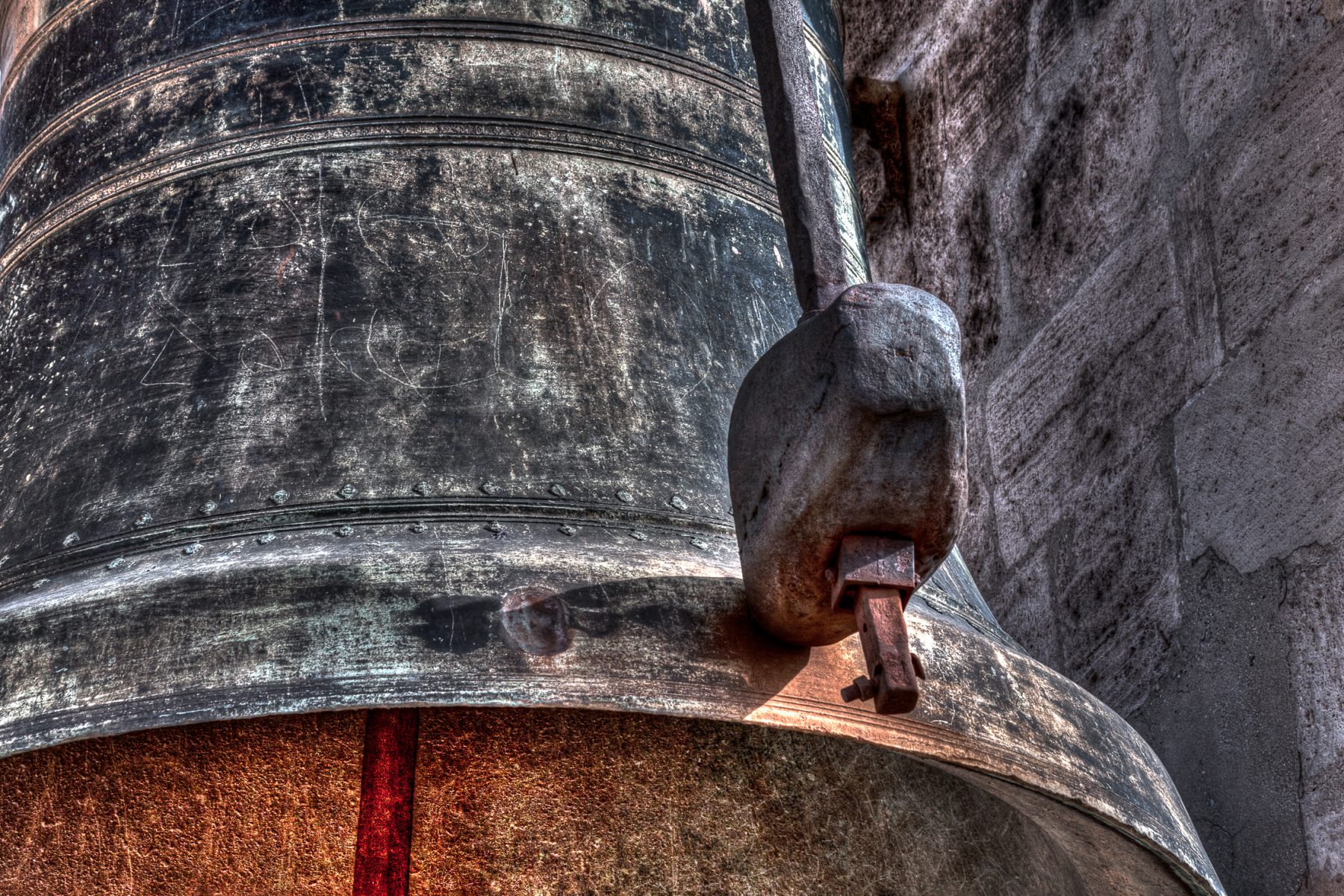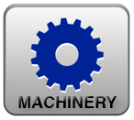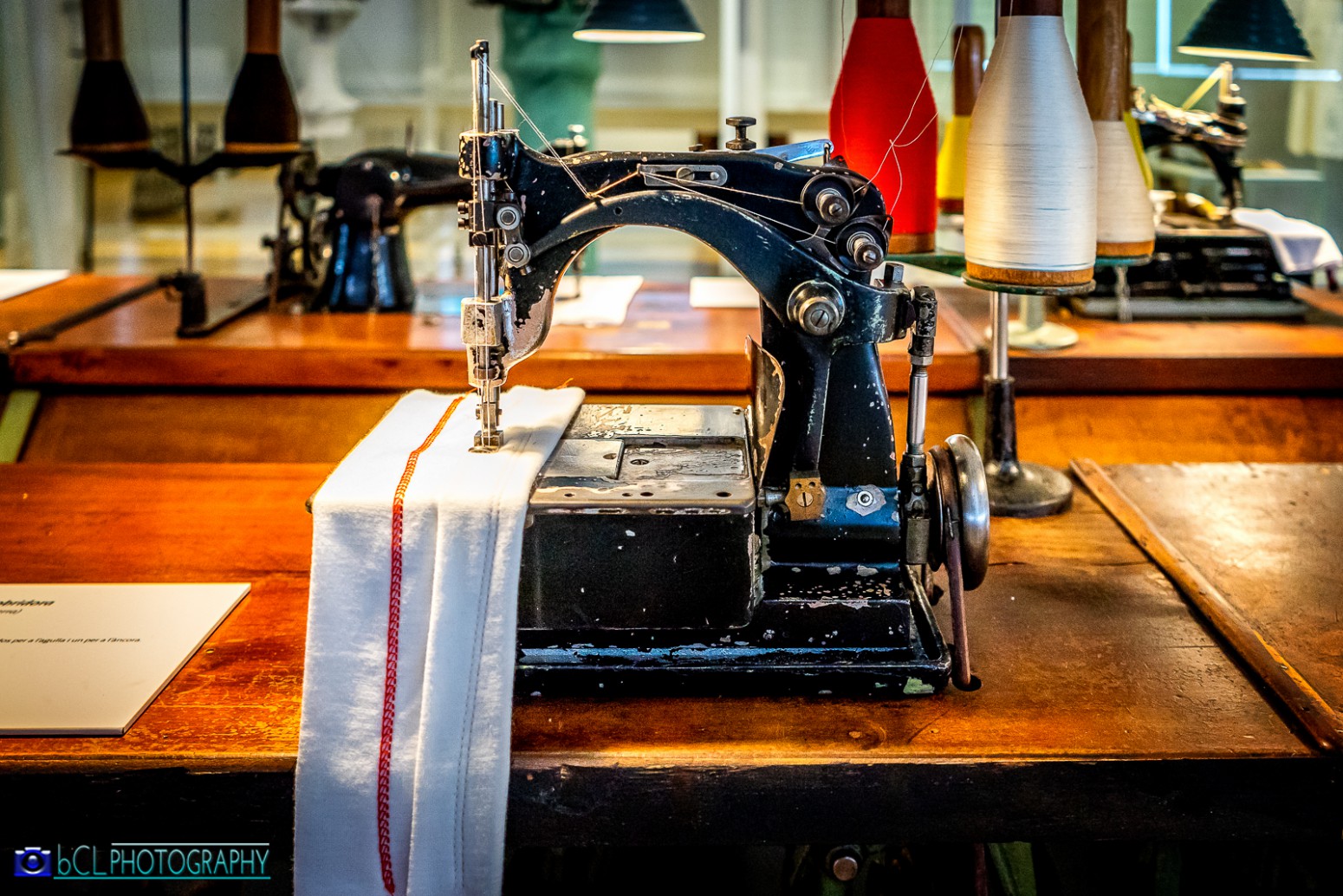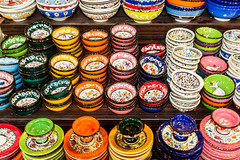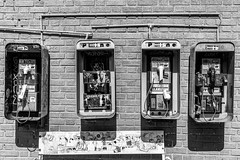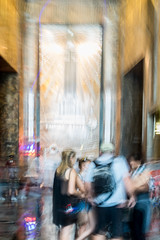Brownie is the name of a long-running popular series of simple and inexpensive cameras made by Eastman Kodak.
The Brownie camera, introduced in February 1900, invented low-cost photography by introducing the concept of the snapshot to the masses. The Brownie, was a very basic cardboard box camera with a simple meniscus lens that took 2 1/4-inch square pictures on 117rollfilm. The Brownie camera was conceived and marketed for sales of Kodak roll films. Because of its’ simple controls and initial price of $1 along with the low price of Kodak roll film and processing, The Brownie camera achieved and surpassed its’ marketing goal.
The camera was named after the brownies in popular Palmer Coxcartoons. Consumers responded, and over 150,000 Brownie cameras were shipped in the first year of production. An improved model, called No. 2 Brownie came in 1901, which produced larger photos and cost $2. It was also very popular.
Brownies were extensively marketed to children, with Kodak using them to popularise photography. They were also taken to war by soldiers. As they were so ubiquitous, many iconic shots were taken on brownies.
More info: Wikipedia
 A typewriter is a mechanical or electromechanical machine for writing in characters similar to those produced by printer’s movable type by means of keyboard-operated types striking a ribbon to transfer ink or carbon impressions onto paper. Typically one character is printed on each keypress. The machine prints characters by making ink impressions of type elements similar to the sorts used in movable type letterpress printing.
A typewriter is a mechanical or electromechanical machine for writing in characters similar to those produced by printer’s movable type by means of keyboard-operated types striking a ribbon to transfer ink or carbon impressions onto paper. Typically one character is printed on each keypress. The machine prints characters by making ink impressions of type elements similar to the sorts used in movable type letterpress printing.
After their invention in the 1860s, typewriters quickly became indispensable tools for practically all writing other than personal correspondence. They were widely used by professional writers, in offices, and for business correspondence in private homes.
By the end of the 1980s, word processors and personal computers had largely displaced typewriters in most of these uses in the Western world, but as of the 2010s the typewriter is still prominent in many parts of the world, including India.
More info in Wikipedia.
To finish the post, a funny Typewriter symphony Orchestra:
Weekly Photo Challenge: Abstract
This is my contribution to this Week Photo Challenging. It is a giant bell tower of the Cathedral of Valencia, built in the XIV-XV, located in the famous Miguelete.
Miguelete Tower is the bell tower of the Cathedral of Valencia. It is known as El Miguelete or Micalet. The construction of the tower began in 1381 and ends in 1429.
Tandem Bike
The tandem bicycle or twin is a form of bicycle designed to be ridden by more than one person. The term tandem refers to the seating arrangement (fore to aft, not side by side), not the number of riders. A bike with two riders side by side is called a sociable.
Patents related to tandem bicycles date from the late 1890s.
More info: Wikipedia
Machinery (4)
Like almost every Friday, we return to the machinery.
Again revisiting a subject of which I spoke, the Sewing Machine.
I have nothing to do with sewing machines, as some have suggested, but I was lucky to visit a museum about the history of the textile industry in the last century and I could take some pictures 🙂
 Machinery (3)
Machinery (3)
The Shepherd Gate Clock is mounted on the wall outside the gate of the Royal Greenwich Observatory building in Greenwich, Greater London. The clock, an early example of an electric clock, was a slave mechanism controlled by electric pulses transmitted by a master clock inside the main building. The network of master and slave clocks was constructed and installed by Charles Shepherd in 1852. The clock by the gate was probably the first to display Greenwich Mean Time to the public, and is unusual in using the 24-hour analogue dial.
The Shepherd Gate Clock is mounted on the wall outside the gate of the Royal Greenwich Observatory building in Greenwich, Greater London. The clock, an early example of an electric clock, was a slave mechanism controlled by electric pulses transmitted by a master clock inside the main building. The network of master and slave clocks was constructed and installed by Charles Shepherd in 1852. The clock by the gate was probably the first to display Greenwich Mean Time to the public, and is unusual in using the 24-hour analogue dial.
The original idea for the clock network came from the Astronomer Royal, George Airy. With the arrival of the railway network, a single time standard was needed to replace the various incompatible local times then in use across the country. Airy proposed that this standard time would be provided by the Royal Observatory. His idea was to use what he called “galvanism” or electric signalling to transmit time pulses from Greenwich to slave clocks throughout the country, and perhaps to Europe and the colonies too. The new undersea cable recently installed between Dover to Calais in 1851 raised the possibility of sending time signals between England and France – this would allow longitude differences to be measured very accurately, for the first time.
In 1849, Charles Shepherd Junior (1830–1905),[1] an engineer and son of a clockmaker, patented a system for controlling a network of master and slave clocks using electricity (or galvanism, as it was called). Shepherd installed the public clocks for the Great Exhibition which opened in May 1851. In October 1851, Airy wrote to Charles Shepherd asking for proposals and estimates, including a request for the following clocks:
- One automatic clock.
- One clock with large dial to be seen by the Public, near the Observatory entrance, and
- three smaller clocks, all to be moved sympathetically with the automatic clock.
Airy also wanted the existing Greenwich time ball to be electrically operated, so that its descent at 13:00 was synchronised with the master clock inside the observatory.
By August 1852, Shepherd had built and installed the network of clocks and cables in the observatory. Costs were considerably higher than the original estimates. Shepherd had estimated £40 for the master clock and time ball apparatus, and £9 for each sympathetic clock. The total costs included £70 for the master clock, and £75 for the wall clock by the gate.
Shepherd would be appointed to oversee the construction of a telegraph network for the Indian Government in 1853.
More in Wikipedia
 Following with this weekly topic, I post a new photo in the series of machinery.
Following with this weekly topic, I post a new photo in the series of machinery.
Machinery: A system of related elements that operate in a definable manner in order to achieve a result.
The machines have always caught my attention. I like to understand how they work. What do all those nuts and bolts?. How to work with such precision?
A machine has a power source and actuators that generate forces and movement, and a system of mechanisms that shape the actuator input to achieve a specific application of output forces and movement.
I hope you like this intricate machinery this week.
 Today I begin a new series (this allows me to be better organized.). I’ll start to put regularly (weekly if it is possible) photos about machines or parts of them. “Machinery” will be the subject.
Today I begin a new series (this allows me to be better organized.). I’ll start to put regularly (weekly if it is possible) photos about machines or parts of them. “Machinery” will be the subject.
ma·chin·er·y
Machine (mechanical)
Machines employ power to achieve desired forces and movement (motion). A machine has a power source and actuators that generate forces and movement, and a system of mechanisms that shape the actuator input to achieve a specific application of output forces and movement. Modern machines often include computers and sensors that monitor performance and plan movement, and are called mechanical systems.
The meaning of the word “machine” is traced by the Oxford English Dictionary to an independently functioning structure and by Merriam-Webster Dictionary[2] to something that has been constructed. This includes human design into the meaning of machine.
The adjective “mechanical” refers to skill in the practical application of an art or science, as well as relating to or caused by movement, physical forces, properties or agents such as is dealt with by mechanics. Similarly Merriam-Webster Dictionary defines “mechanical” as relating to machinery or tools.
Power flow through a machine provides a way to understand the performance of devices ranging from levers and gear trains to automobiles and robotic systems. The German mechanician Franz Reuleaux wrote “a machine is a combination of resistant bodies so arranged that by their means the mechanical forces of nature can be compelled to do work accompanied by certain determinate motion.” Notice that forces and motion combine to define power.
More recently, Uicker et al. stated that a machine is “a device for applying power or changing its direction.” And McCarthy and Soh describe a machine as a system that “generally consists of a power source and a mechanism for the controlled use of this power.”
From Wikipedia, the free encyclopedia
A sewing machine needle consists of:
- shank – clamped by the sewing machine’s needle holder
- shoulder – where the thick shank tapers down to the shaft
- shaft – a length suitable for driving the eye and thread through the material and down to the bobbin
- groove – cut in the back of the shaft to release the thread into a loop that aids the hook or shuttle to pick up the thread
- scarf – provides extra room for the hook or shuttle to pass close by
- eye – carries the thread
- point – penetrates the material by either parting the threads or cutting a hole in the fabric
The majority of sewing machine needles are made of various grades of hardened chrome-plated steel, though certain specialty needles are coated with titanium rather than chrome.
From Wikipedia, the free encyclopedia

